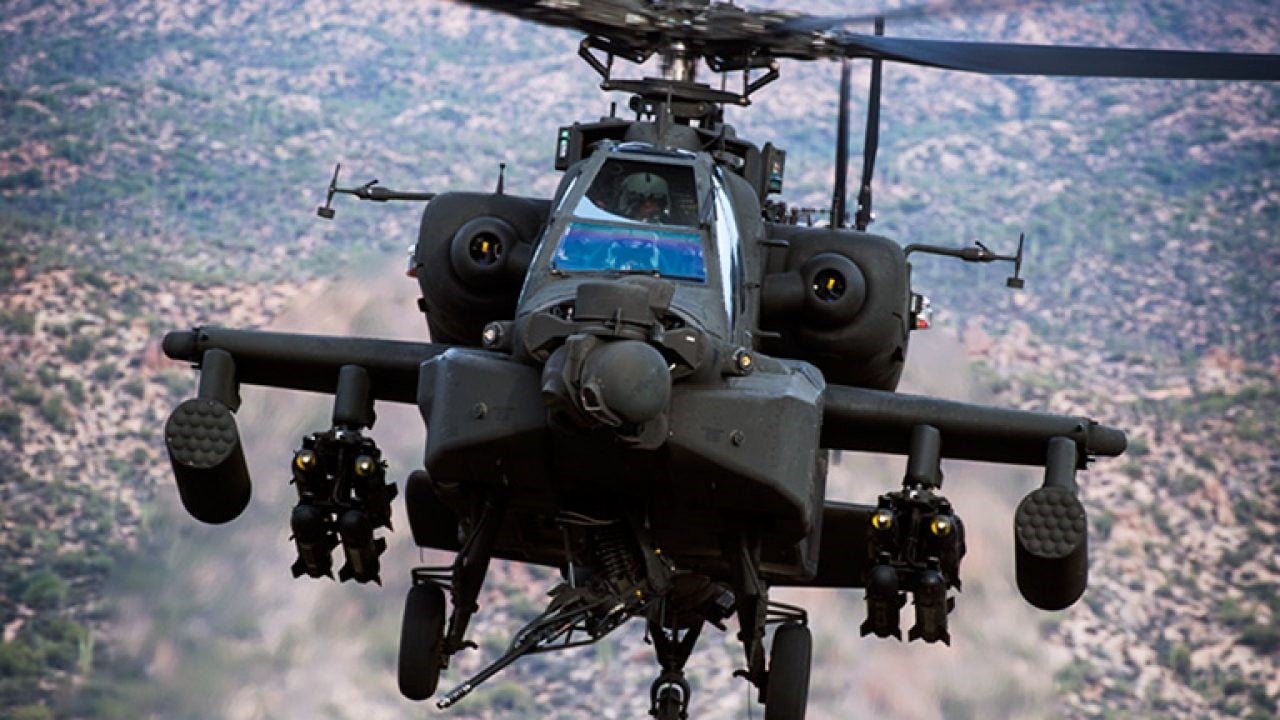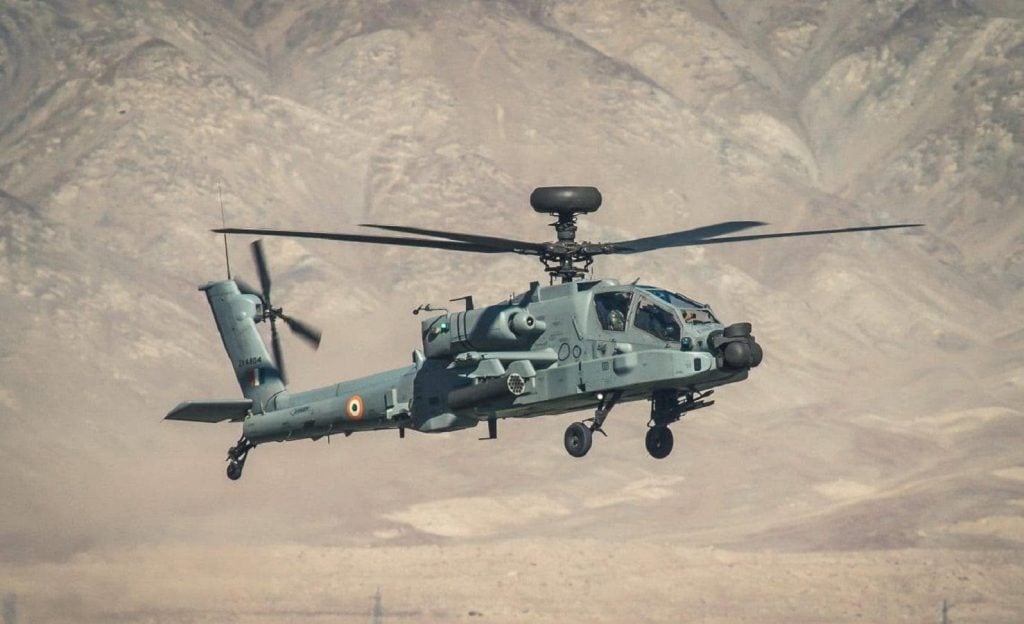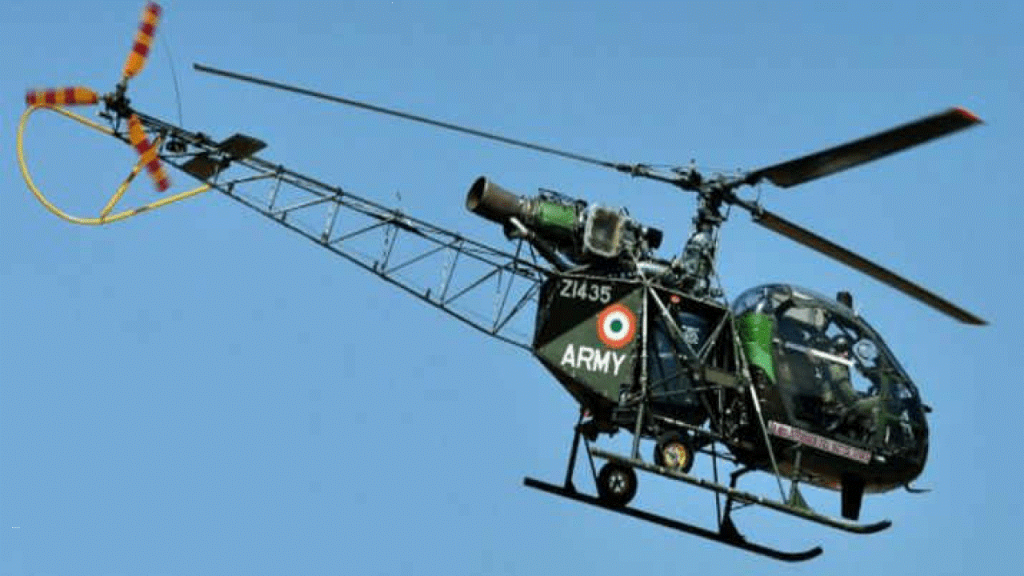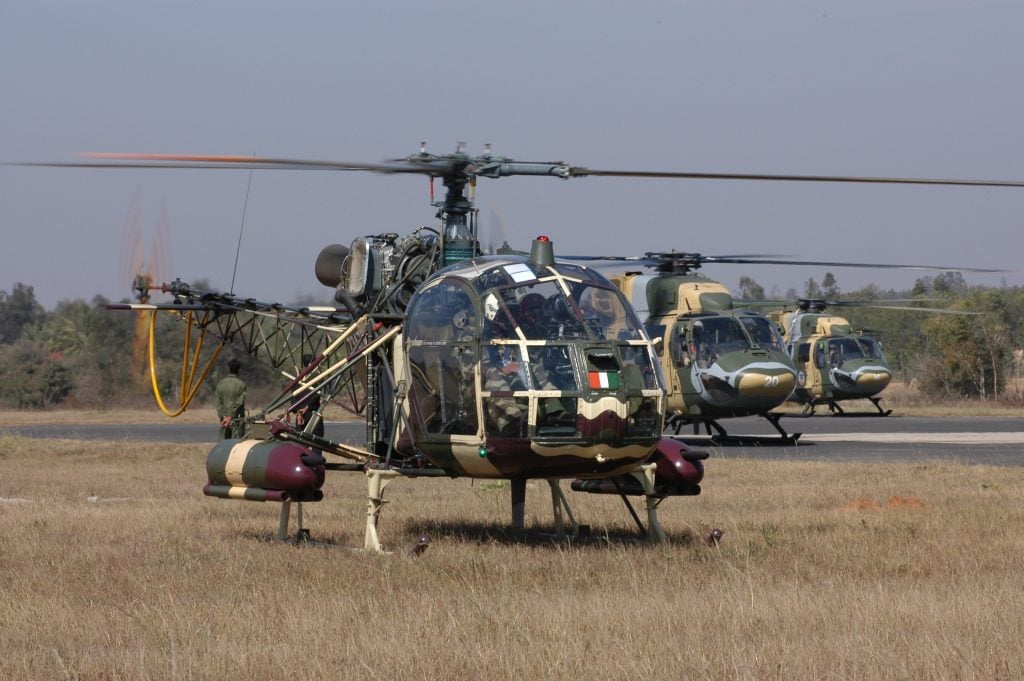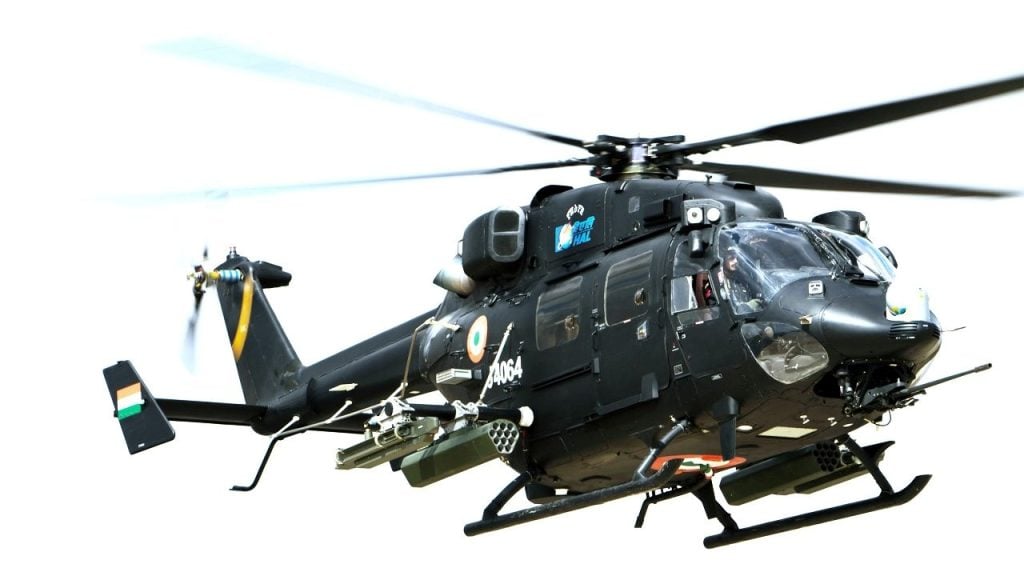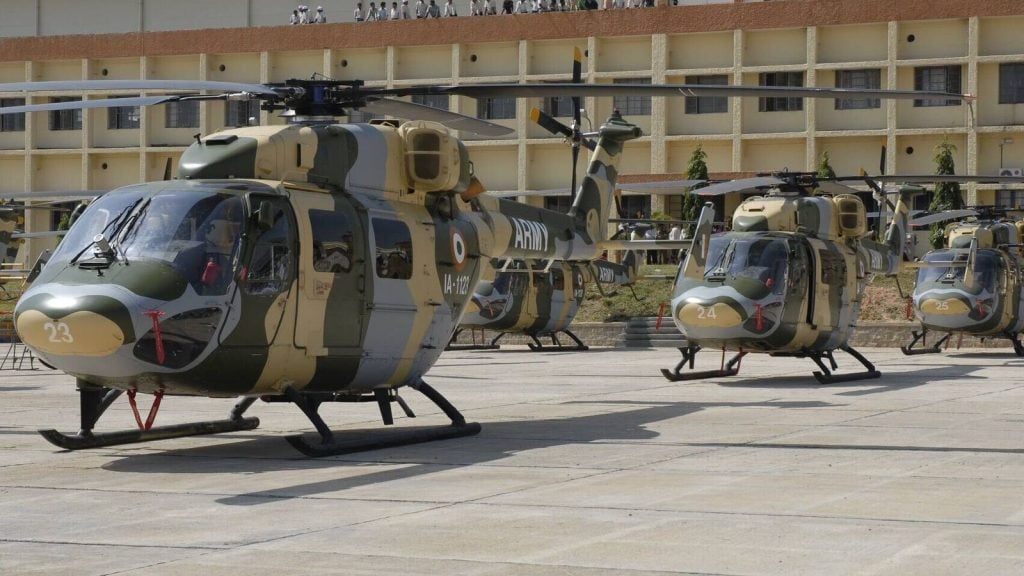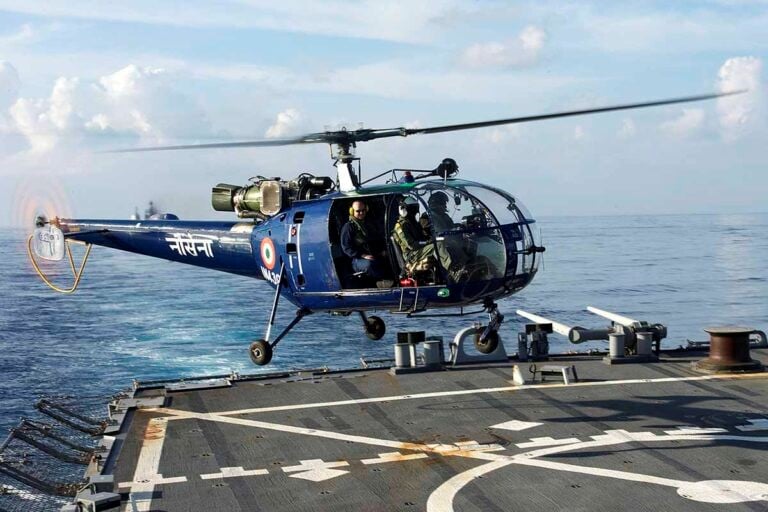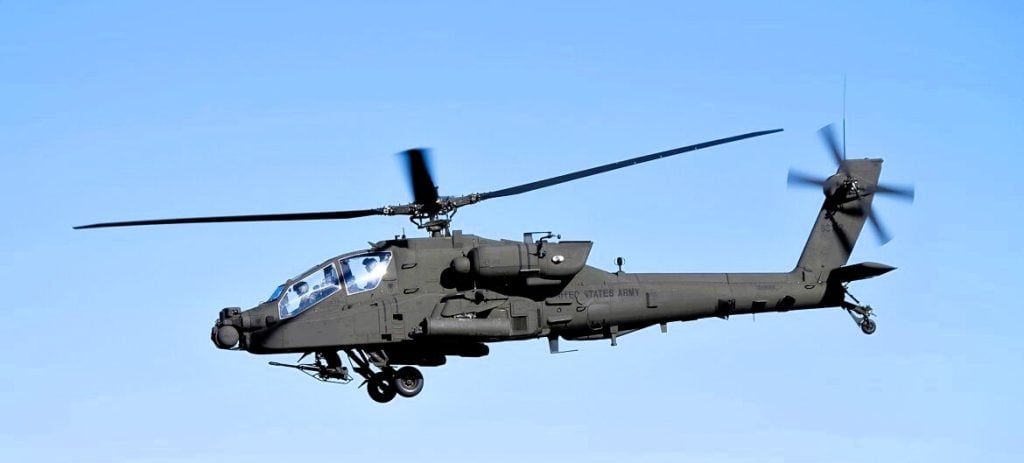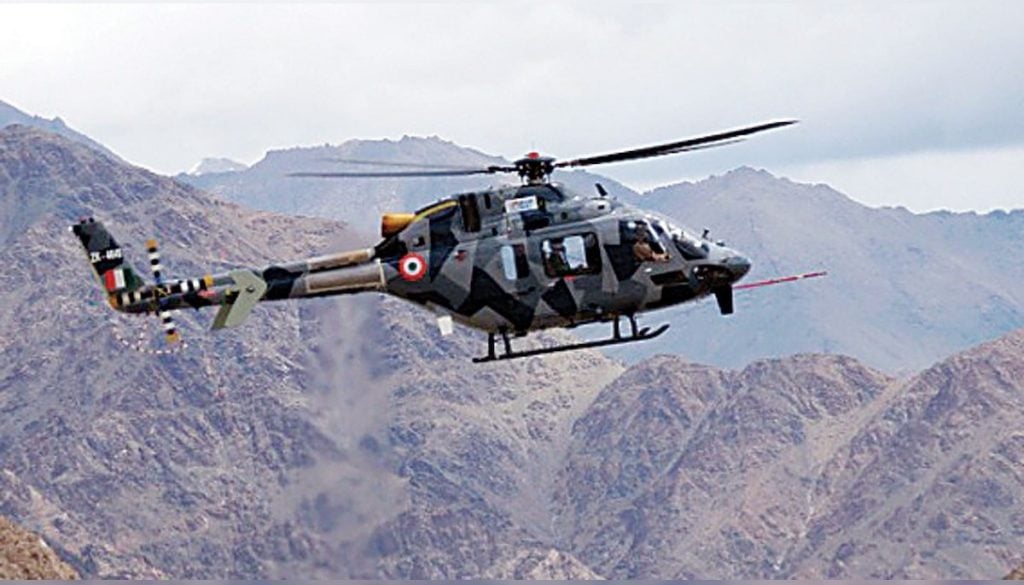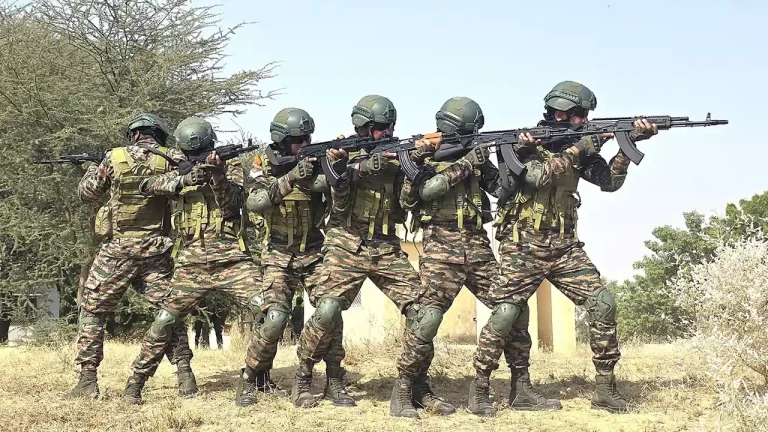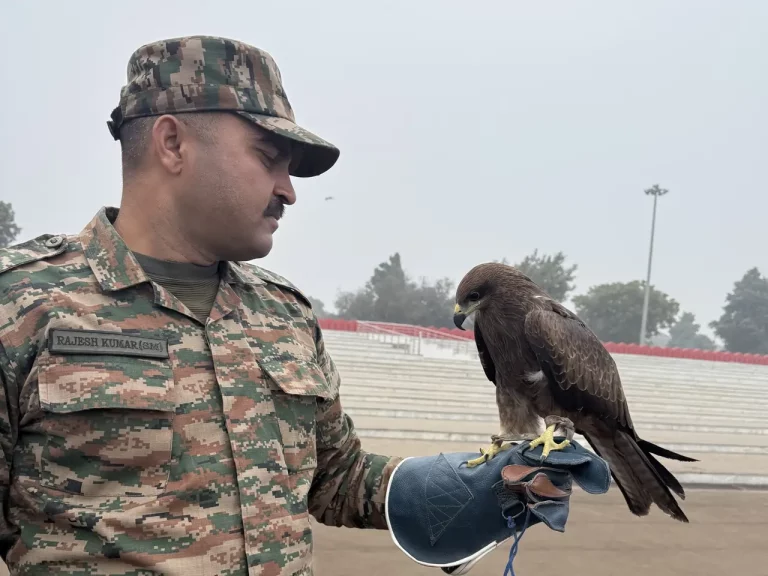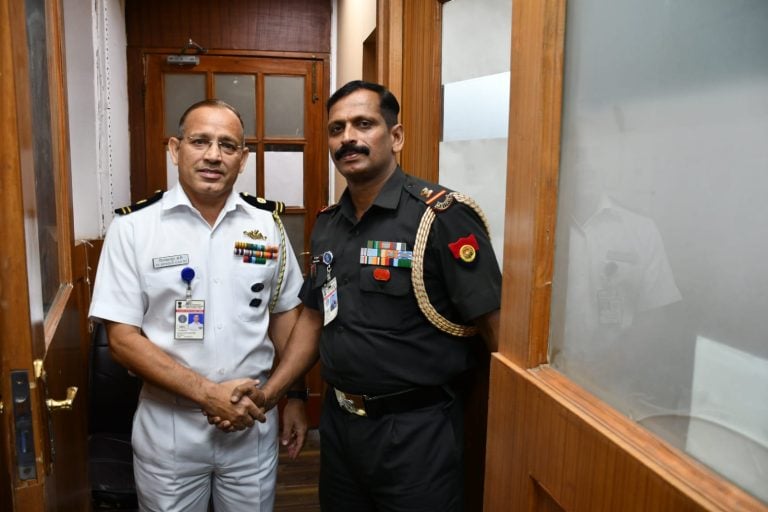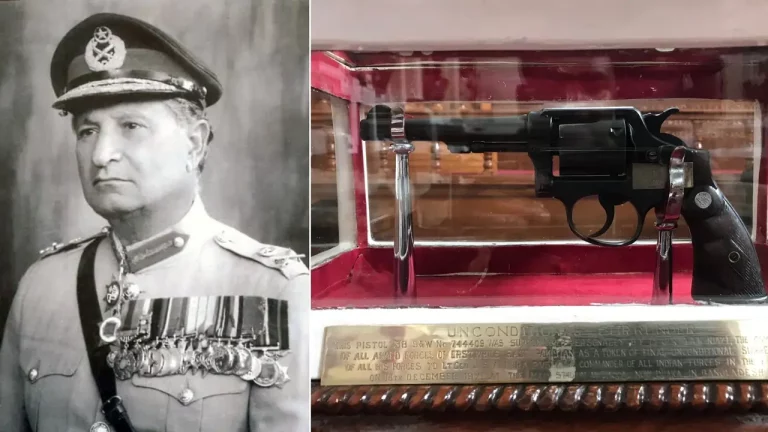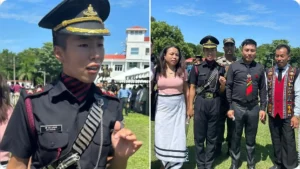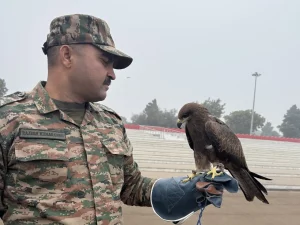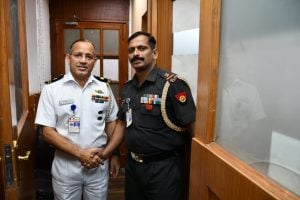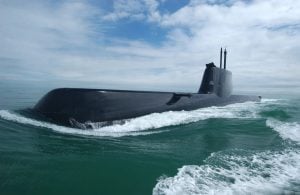The Indian Army’s aviation wing, the Army Aviation Corps (AAC), plays a crucial role in supporting ground operations with its diverse fleet of helicopters. These rotary-wing aircraft serve as vital force multipliers, providing essential capabilities such as tactical transport, reconnaissance, medical evacuation, and even aerial firepower. As aspiring defence personnel, it’s essential to have a comprehensive understanding of the helicopters utilized by the Indian Army. In this definitive guide, we’ll delve into the 7 Top Indian Army Helicopters, their capabilities, and the role they play in the Indian Army’s operational readiness.
Can Helicopters Land Anywhere?
1. HAL Cheetah
The HAL Cheetah, a lightweight helicopter originally manufactured by the French company Aérospatiale, has been a steadfast companion of the Indian Army for decades. Derived from the Alouette II, the Cheetah boasts impressive performance, particularly in high-altitude operations. With its ability to operate at elevations exceeding 20,000 feet, the Cheetah has been the backbone of the Indian Army’s strategic presence in the Himalayas, including the treacherous Siachen Glacier region. Currently, the Indian Army has 35 Cheetahs in service, with an additional 10 on order, underscoring the continued importance of this versatile platform.
Technical Specifications
- Crew: 1
- Capacity: 4 passengers or 1,135 kg (2,500 lb) slung payload
- Length: 10.24 m (33 ft 7.25 in)
- Height: 3.09 m (10 ft 1.75 in)
- Empty weight: 1,021 kg (2,251 lb)
- Gross weight: 2,300 kg (5,070 lb)
- Main rotor diameter: 11.02 m (36 ft 1.75 in)
- Main rotor area: 95.38 m2 (1,026 sq ft)
- Maximum speed: 192 km/h (119 mph, 103 kn)
- Range: 515 km (320 mi, 280 nmi)
- Service ceiling: 5,400 m (17,715 ft)
- Rate of climb: 5.5 m/s (1,080 ft/min)
2. HAL Lancer
Recognizing the need for an armed aerial platform, the Indian Army developed the HAL Lancer, an upgraded version of the trusty Cheetah. Equipped with 12.7mm heavy machine guns and 70mm rockets, the Lancer provides a formidable aerial weapons system for the field force commander. This force multiplier is optimized for a wide range of combat operations, including anti-insurgency missions, close air support, suppression of enemy fire, and anti-armor applications. The Lancer’s ability to “look deep” and “strike deep” has proven invaluable in the ever-evolving battlefield scenarios faced by the Indian Army.
3. HAL Rudra
The HAL Rudra, also known as the Weapon Systems Integrated (WSI) version of the Advanced Light Helicopter (ALH), is a true game-changer in the Indian Army’s aviation arsenal. Christened after the Rigvedic God associated with wind, storm, and hunt, the Rudra lives up to its moniker as a fierce aerial warrior. Equipped with a potent array of armaments, including Mistral air-to-air missiles, 70mm rockets, 20mm guns, and anti-tank guided missiles (ATGMs), the Rudra is a force to be reckoned with. This agile and sophisticated platform allows the field force commander to unleash devastating firepower against enemy forces, making the Rudra a true force multiplier on the modern battlefield.
Technical Specifications
- Crew: Two pilots
- Capacity: 12 passengers (14 passengers in high density seating)
- Length: 15.87 m (52 ft 1 in)
- Width: 3.15 m (10 ft 4 in)
- Height: 4.98 m (16 ft 4 in)
- Gross weight: 4,445 kg (9,800 lb)
- Max takeoff weight: 5,800 kg (12,787 lb) for Mk IV
- Main rotor diameter: 13.2 m (43 ft 4 in)
- Main rotor area: 136.85 m2 (1,473.0 sq ft)
- Maximum speed: 280 km/h (175 mph, 151 kn)
- Cruise speed: 245 km/h (153 mph, 132 kn)
- Range: 590 km (368 mi, 318 nmi) for Mk IV
- Ferry range: 630 km (394 mi, 340 nmi)
- Endurance: 3.8 hours
- Service ceiling: 6,100 m (20,000 ft)
- Rate of climb: 10.33 m/s (2,033 ft/min)
4. HAL Dhruv
The HAL Dhruv, also known as the Advanced Light Helicopter (ALH), is a versatile platform that serves the Indian Army in a variety of roles, including transport, utility, reconnaissance, and casualty evacuation. Developed and manufactured by Hindustan Aeronautics Limited (HAL), the Dhruv boasts impressive design features, such as a four-blade hingeless main rotor with carbon fiber composite blades and a four-axis automatic flight control system. With a cabin that can accommodate up to 14 passengers in a high-density configuration, the Dhruv’s versatility and performance have made it a valuable asset for the Indian Army.
Technical Specifications
- Crew: Two pilots
- Capacity: 12 passengers (14 passengers in high density seating)
- Length: 15.87 m (52 ft 1 in)
- Width: 3.15 m (10 ft 4 in)
- Height: 4.98 m (16 ft 4 in)
- Gross weight: 4,445 kg (9,800 lb) for Mk III with wheels
- Max takeoff weight: 5,800 kg (12,787 lb) for Mk III with skids
- Fuel capacity: 1,055 kg (2,326 lb)
- Payload: 1,500 kg (3,300 lb) underslung (Mk II)
- Payload: 1,000 kg (2,200 lb) underslung (Mk III)
- Main rotor diameter: 13.2 m (43 ft 4 in)
- Main rotor area: 136.85 m2 (1,473.0 sq ft)
- Cruise speed: 250 km/h (155 mph, 135 kn) for Mk III
- Never exceed speed: 291 km/h (181 mph, 157 kn) for Mk III
- Range: 630 km (390 mi, 340 nmi) for Mk III
- Endurance: 3 hours and 42 minutes for Mk III
- Service ceiling: 6,100 m (20,000 ft)
- Rate of climb: 10.33 m/s (2,033 ft/min)
14 Top Bullet Proof Cars in the World
5. HAL Chetak
The HAL Chetak, a licensed-built version of the Alouette III, has been a reliable workhorse for the Indian Army for decades. This enlarged development of the Alouette II series has been utilized in a broad spectrum of roles, including winching operations, cargo transport, underslung cargo operations, casualty evacuation, parachute jumps, and communication sorties. The Chetak’s longevity and versatility have made it an indispensable asset for the Indian Army, complementing the capabilities of its more modern counterparts.
Technical Specifications
- Crew: 2
- Capacity: 5 passengers
- Length: 10.03 m (32 ft 11 in)
- Height: 3 m (9 ft 10 in)
- Empty weight: 1,143 kg (2,520 lb)
- Gross weight: 2,200 kg (4,850 lb)
- Main rotor diameter: 11.02 m (36 ft 2 in)
- Main rotor area: 95.38 m2 (1,026.7 sq ft)
- Maximum speed: 210 km/h (130 mph, 110 kn) at sea level
- Cruise speed: 185 km/h (115 mph, 100 kn)
- Range: 540 km (340 mi, 290 nmi)
- Service ceiling: 3,200 m (10,500 ft)
- Rate of climb: 4.3 m/s (850 ft/min)
6. Boeing AH-64E Apache
The Indian Army’s aviation arsenal is set to be further bolstered with the induction of the Boeing AH-64E Apache, one of the world’s most advanced attack helicopters. Renowned for its exceptional combat capabilities, the AH-64E will provide the Indian Army with a versatile platform capable of executing a wide range of missions, from greater thrust and lift to improved survivability and cognitive decision-aiding. With its impressive specifications and cutting-edge avionics, the Apache will undoubtedly enhance the Indian Army’s aerial firepower and strategic dominance.
Technical Specifications
- Length: 15.24 ft (4.64 m)
- Height: 17.15 ft (5.227 m)
- Primary Mission Gross Weight: 15,075 lb (6,838 kg)
- Maximum Level Flight Speed: More than 150 knots (279 kilometers per hour)
- Vertical Rate of Climb: More than 2,000 ft per minute
- Maximum Rate of Climb: More than 2,800 ft per minute
7. HAL Light Utility Helicopter
As the Indian Army looks to the future, the HAL Light Utility Helicopter (LUH) and its derivative, the Light Observation Helicopter (LOH), are poised to replace the aging Cheetah and Chetak helicopters. Designed and developed by Hindustan Aeronautics Limited (HAL), these modern platforms are intended to provide enhanced capabilities for a wide range of civilian and military applications. With an order of 6 LUH helicopters placed by the Government of India for the Indian Army, these next-generation rotary-wing assets will soon join the ranks, ensuring the continuity of the Indian Army’s aerial prowess.
Technical Specifications
- Crew: 2
- Capacity: 6 passengers
- Length: 11.49 m (37 ft 8.25 in)
- Height: 3.38 m (11 ft 1 in) up to the top of the tailfin
- Empty weight: 1,910 kg (4,211 lb)
- Max takeoff weight: 3,150 kg (6,945 lb)
- Main rotor diameter: 11.6 m (38 ft 0.75 in)
- Maximum speed: 250 km/h (155 mph, 135 kn)
- Cruise speed: 235 km/h (146 mph, 127 kn)
- Never exceed speed: 259 km/h (161 mph, 140 kn)
- Range: 350 km (217 mi, 189 nmi) with 500 kg payload
- Ferry range: 500 km (310 mi, 270 nmi) on internal fuel
- Service ceiling: 6,500 m (21,300 ft)
- Rate of climb: 6.66 m/s (1,426 ft/min)
6 Top Military Trucks in the World
Conclusion
The Indian Army‘s helicopter fleet represents a formidable force multiplier, providing a diverse range of capabilities to support ground operations. From the reliable Cheetah and Chetak to the cutting-edge Rudra and Apache, each helicopter in the Indian Army’s arsenal plays a crucial role in enhancing the service’s operational effectiveness. As defence aspirants, understanding the capabilities and specifications of these rotary-wing assets is essential in preparing for a career in the Indian Army. By staying informed about the latest developments and advancements in the Indian Army’s helicopter fleet, you can better position yourself to contribute to the nation’s security and defense.
FAQs
1. How many types of helicopters are in the Indian Army?
The Indian Air Force operates attack helicopters like the Mil Mi-24/Mi-35 and HAL Rudra, which are under the operational command of the army. Helicopters such as the HAL Chetak, HAL Cheetah, and HAL Dhruv offer logistical support to the Indian Army in remote and hard-to-reach regions.
2. How many Mi-35 helicopters does India have?
At present, the IAF’s operational capabilities face significant limitations due to having only one squadron of Mi-35 attack helicopters available on the flight line.
3. Which is the best helicopter in Indian Army?
The AH-64 Apache stands as the world’s most advanced multi-role combat helicopter. It is utilized by the U.S. Army and an increasing number of international defense forces, with India being the 16th nation to adopt the Apache.
4. How many MiG 29 India has?
As of 2022, India operated a total of 115 MiG-29 aircraft, with 75 assigned to the Indian Air Force and 40 to the Indian Navy. In July 2020, the Indian Air Force received two upgraded MiG-29UPG fighters, converted from the last two legacy MiG-29s, increasing their fleet from 65 to 67 aircraft.
5. When will the Indian Army receive the Boeing AH-64E Apache attack helicopters?
The Indian Army is set to induct the Boeing AH-64E Apache, one of the world’s most advanced attack helicopters, in the near future. The acquisition of these formidable platforms will significantly bolster the Indian Army’s aerial firepower and strategic dominance on the battlefield.
